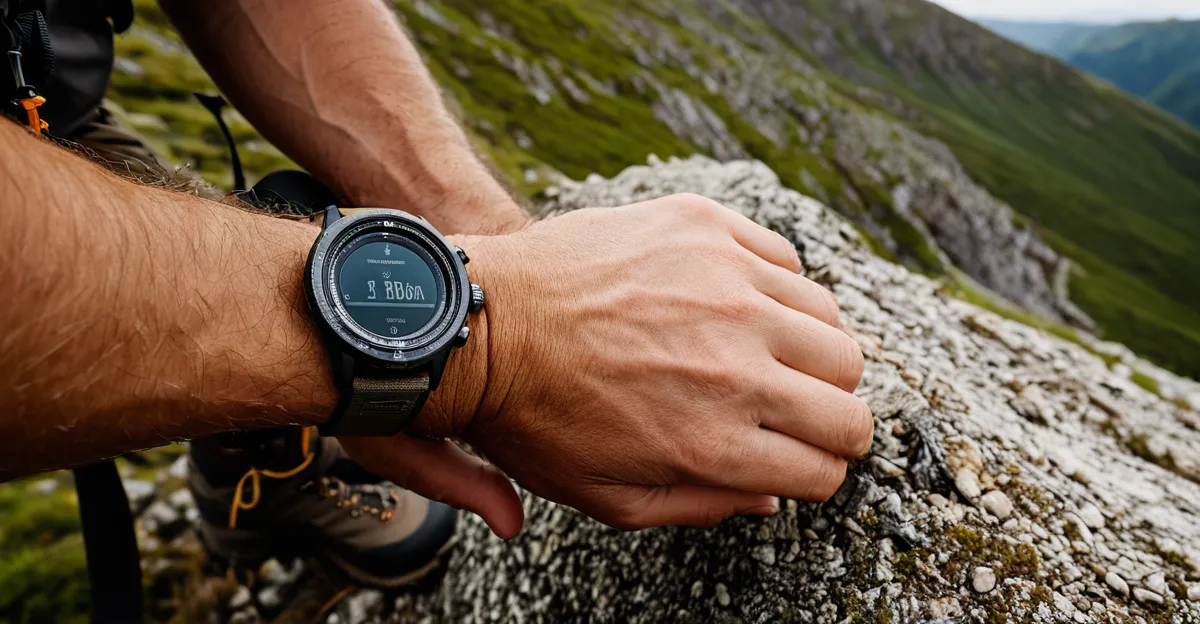Hiking offers refreshing exercise and a chance to reconnect with nature, but safety and preparation make all the difference. From choosing suitable gear to mastering navigation and respecting the environment, practical steps help beginners enjoy every step confidently. Whether planning a short trail or a longer adventure, these tips ensure your experience remains safe, enjoyable, and rewarding from start to finish.
Essential Preparation for Safe and Enjoyable Hiking
Before setting out, preparation is everything. This page explains it in detail: https://hikeseeker.com/tips/. For those new to hiking, start by choosing trails that fit your current level of fitness—flat routes under five miles are typically best. Even a short, steep climb can feel different from a gentle, longer walk. Assess your abilities honestly and plan accordingly to enjoy the journey and stay safe.
Also to read : Revving Up Speed: How High-Altitude Training Boosts Elite Road Cyclists’ Performance
Packing the right essentials improves comfort and security on the trail. Add water, weather-appropriate snacks, extra layers, and a first aid kit to your pack. Opt for moisture-wicking clothes and reliable sneakers or trail runners, and avoid jeans, which can soak up moisture and reduce mobility. Double-check your gear to minimize surprises once you’re underway.
A reliable navigation strategy is key—download offline maps on your phone, carry printed guides, and always conserve device battery use for emergencies. Tell someone your route and estimated return time each hike; this simple step greatly speeds help in unlikely emergencies.
Additional reading : Maximize Post-Competition Performance: Top Athlete Recovery Strategies Revealed
Lastly, verify weather conditions and trail status before heading out, check if permits are needed, and plan to start early to make the most of daylight.
Gear and Packing Essentials for Hikers
Recommended hiking gear for beginners and why each item matters
Precision: The key must-have items for beginner hikers are a comfortable backpack, a paper map and compass, a fully charged phone with offline maps, appropriate clothing, robust footwear, hydration, snacks, and a basic first aid kit. Each item serves to maximize safety, comfort, and adaptability on the trail. For example, a map and compass keep you oriented even without battery-powered devices. Proper shoes help prevent blisters and slips; layered, moisture-wicking clothing manages temperature shifts. Water and snacks maintain energy. A first aid kit supports minor medical needs.
How to pack a hiking backpack efficiently
Backpack packing should be intentional and balanced. Place heavier items, such as your water bottle or food, in the center and close to your back. Light gear like jackets or hats can go at the top for quick access. Essentials such as your map and medical kit belong in outside pockets, making them easy to reach. Keep your overall pack weight below 10 pounds for short day hikes to avoid burdening yourself.
Selecting appropriate clothing and footwear for different weather and trail conditions
Adapt layering to forecasted weather. Use synthetic or wool base layers to wick sweat, add insulating pieces for cold, and finish with a waterproof shell for rain. Swap cotton for fast-drying materials. In warm or tick-heavy areas, cover skin with light-colored, long clothing. Footwear should provide good grip, support, and fit, with new boots broken in before extended hikes to avoid foot pain.
On-the-Trail Safety, Navigation, and Hydration
Basic navigation skills using paper maps, digital apps, and GPS
Precision and recall start with the fundamentals: always carry a paper map and compass, known to work even without battery power. Practice locating your position and reading terrain features before setting out. Use smartphone apps with offline maps as a backup—activate flight mode to save battery for emergencies. GPS devices add a further safety layer, especially for remote hikes, but primary reliance should be on basic map-reading ability in case technology fails.
Staying safe: pacing, foot placement, wildlife encounters, and handling common trail hazards
Maintain a steady, comfortable pace rather than rushing—this reduces fatigue and supports group safety. Scan the ground for roots, rocks, and unstable surfaces to lower the risk of ankle injuries. For wildlife, observe from a distance and avoid startling animals. If lost, pause, retrace your steps calmly, and use any tools at hand to increase your visibility.
Hydration, nutrition, and managing hiking in varying weather environments
Drink water consistently, not just when thirsty, to avoid dehydration—carrying more than you think necessary is wise. Bring balanced snacks rich in carbs and protein for energy. Adapt clothing and pace to the conditions—layer for cold, wear sun protection for heat, and always pack extra water in hot or high-altitude settings.
Eco-Friendly Practices and Advanced Tips for Sustained Hiking
Practicing Leave No Trace
Precision: Carry out all trash, stay on marked trails, and avoid disturbing wildlife.
Recall: These actions reduce ecological impact and ensure access for future hikers.
Every hiker is a steward of the environment. The Leave No Trace principles shape responsible behavior: remove not just visible litter, but also biodegradable waste like fruit peels. Resist stepping off established paths or shortcutting switchbacks, as these habits cause erosion and damage sensitive habitats.
Be considerate: step aside for uphill travelers and yield to bikers or horses. Quiet conversation ensures others’ enjoyment, and leashed pets maintain safety and respect for fellow trail users.
Comfort, Injury Prevention, and Health Hacks
Blister management starts with proper footwear—choose shoes offering support and fit. Moisture-wicking socks and foot checks help prevent discomfort. Pack lightweight by prioritizing essentials, keeping your load under ten pounds for day hikes.
Practice simple warm-ups and stretching to avoid muscle strain. Older adults benefit from trekking poles for stability. Hike at a comfortable pace; frequent rest breaks can prevent overexertion.
Building Confidence: Family, Groups, and Solo Enjoyment
Children learn trail etiquette through simple rules and involvement in planning. For groups, discuss regrouping points and move at the slowest member’s pace. Seniors can embrace trekking for its health benefits, adjusting duration and difficulty as needed. Solo hikers build self-sufficiency by preparing safety measures, such as sharing routes before departure and carrying emergency tools.






